Pecan Bacterial Leaf Scorch: Treating Bacterial Leaf Scorch Of Pecans
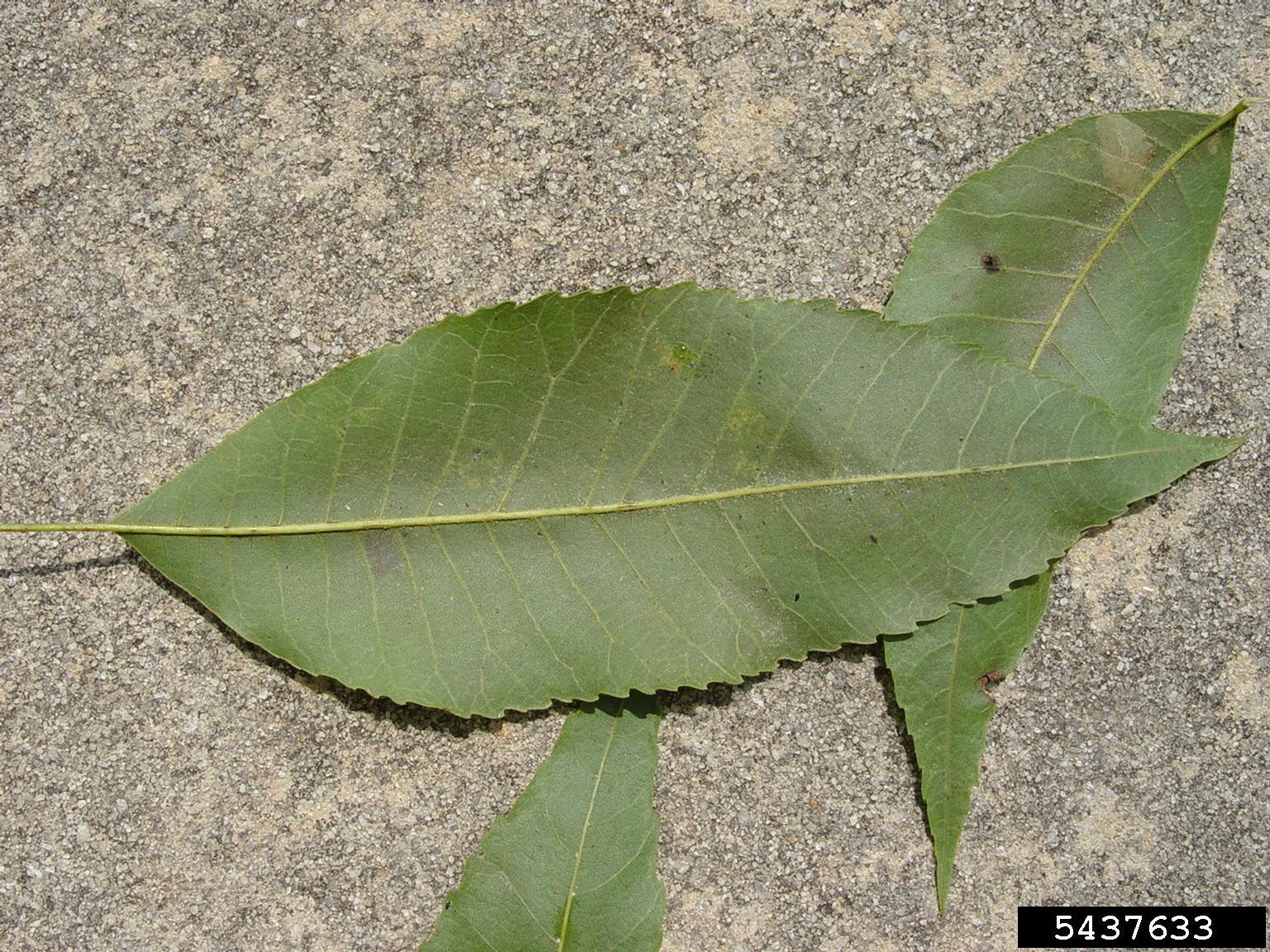
Bacterial scorch of pecans is a common disease identified in the southeastern United States in 1972. Scorch on pecan leaves was first thought to be a fungal disease but in 2000 it was correctly identified as a bacterial disease. The disease has since spread to other areas of the U.S., and while pecan bacterial leaf scorch (PBLS) does not kill pecan trees, it can result in significant losses. The following article discusses the symptoms and treatment for a pecan tree with bacterial leaf scorch.
Symptoms of a Pecan Tree with Bacterial Leaf Scorch
Pecan bacterial leaf scorch afflicts over 30 cultivars as well as many native trees. Scorch on pecan leaves manifests as premature defoliation and a reduction in tree growth and kernel weight. Young leaves turn tan from the tip and edges towards the middle of the leaf, eventually browning entirely. Soon after symptoms appear, the young leaves drop. The disease may be seen on a single branch or afflict the entire tree.
Bacterial leaf scorch of pecans may start as early as spring and tends to become more destructive as the summer progresses. For the home grower, a tree afflicted with PBLS is just unsightly, but for commercial growers, the economic losses can be significant.
PBLS is caused by strains of the bacterium Xylella fastidiosa subsp. multiplex. It may sometimes be confused with pecan scorch mites, other diseases, nutritional issues, and drought. Pecan scorch mites can be easily viewed with a hand lens, but other issues may need to have testing done to confirm or negate their presence.
Treatment of Pecan Bacterial Leaf Scorch
Once a tree has been infected with bacterial leaf scorch, there are no economically effective treatments available. The disease does tend to occur more frequently in certain cultivars than others, however, although currently there are no resistant cultivars. Barton, Cape Fear, Cheyenne, Pawnee, Rome, and Oconee are all highly susceptible to the disease.
Bacterial leaf scorch of pecans can be transmitted in two ways: either by graft transmission or by certain xylem feeding insects (leafhoppers and spittlebugs).
Because there is no effective treatment method at this time, the best option is to reduce the incidence of pecan leaf scorch and to delay its introduction. That means purchasing trees that are certified disease-free. If a tree appears to be infected with leaf scorch, destroy it immediately.
Gardening tips, videos, info and more delivered right to your inbox!
Sign up for the Gardening Know How newsletter today and receive a free copy of our e-book "How to Grow Delicious Tomatoes".
Trees that are going to be used for rootstock should be inspected for any signs of the disease prior to grafting. Lastly, only use scions from non-infected trees. Visually inspect the tree throughout the growing season prior to collecting the scion. If trees for grafting or collection of scions appear to be infected, destroy the trees.

Amy Grant has been gardening for 30 years and writing for 15. A professional chef and caterer, Amy's area of expertise is culinary gardening.
-
 Get Ready For A Summer Of Hummers! Grow These Full Sun Hummingbird Plants and Flowers
Get Ready For A Summer Of Hummers! Grow These Full Sun Hummingbird Plants and FlowersIf you’re lucky enough to enjoy a sunny backyard, make sure you are maxing out on your pollinator opportunities and grow these full sun hummingbird plants and flowers
By Tonya Barnett
-
 12 Lush Alternatives To A Lawn For Sustainable Spaces
12 Lush Alternatives To A Lawn For Sustainable SpacesAlternatives to a lawn are beautiful and also beneficial to your local ecosystem and its pollinators. Explore our top picks for plants to replace grass.
By Tonya Barnett
-
 From Harvest To Table: How To Make The Perfect Pecan Pie
From Harvest To Table: How To Make The Perfect Pecan PieFall is pecan harvest time, which means it’s also time for the perfect pecan pie recipe. Read on for more.
By Amy Grant
-
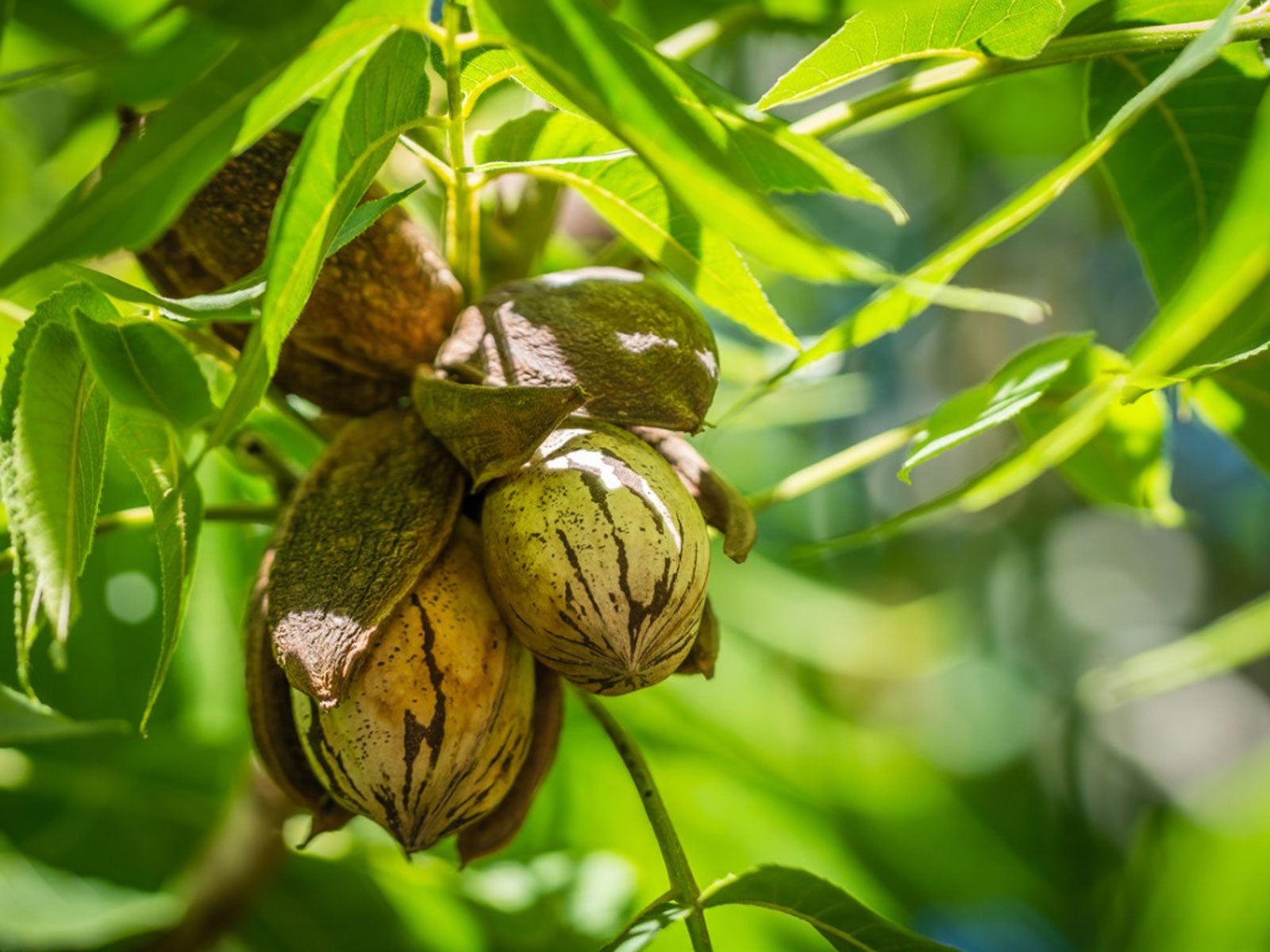 Root Pecan Cuttings – Can You Grow Pecans From Cuttings
Root Pecan Cuttings – Can You Grow Pecans From CuttingsPecans are delicious, so much so that if you have a mature tree, your neighbors are likely envious. You may want to root pecan cuttings in order to grow a few trees for gifting. Will pecans grow from cuttings though? Click here for info on pecan cutting propagation.
By Teo Spengler
-
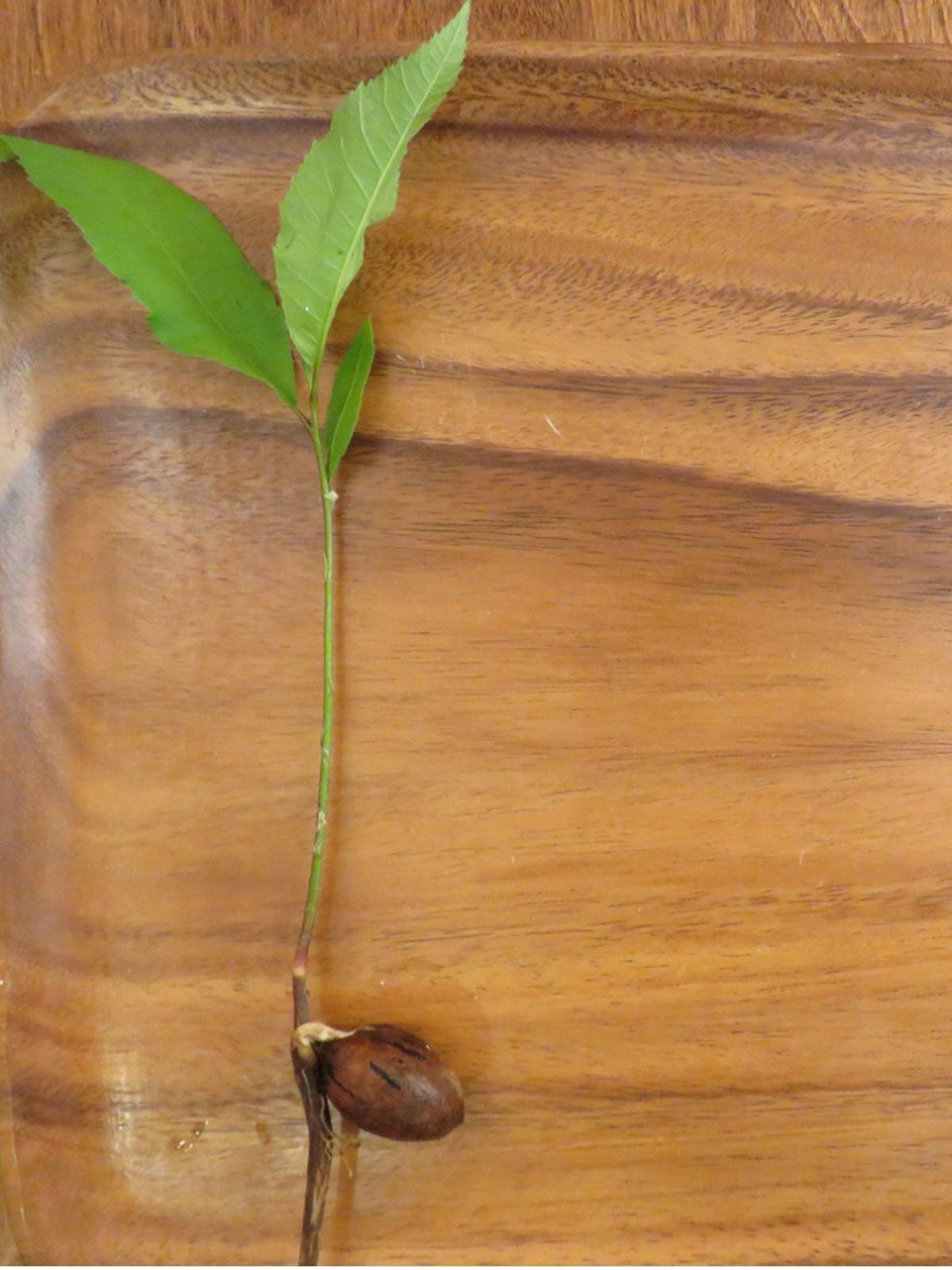 How To Plant Pecans: Learn About Sowing Pecan Seeds
How To Plant Pecans: Learn About Sowing Pecan SeedsGrowing pecans from seed is not as simple as it sounds. Sowing pecan seeds is only one step in a complex process of growing a nut producing tree. Can you plant a pecan seed? Click here to find out and get tips on how to plant pecans and pecan seed germination.
By Teo Spengler
-
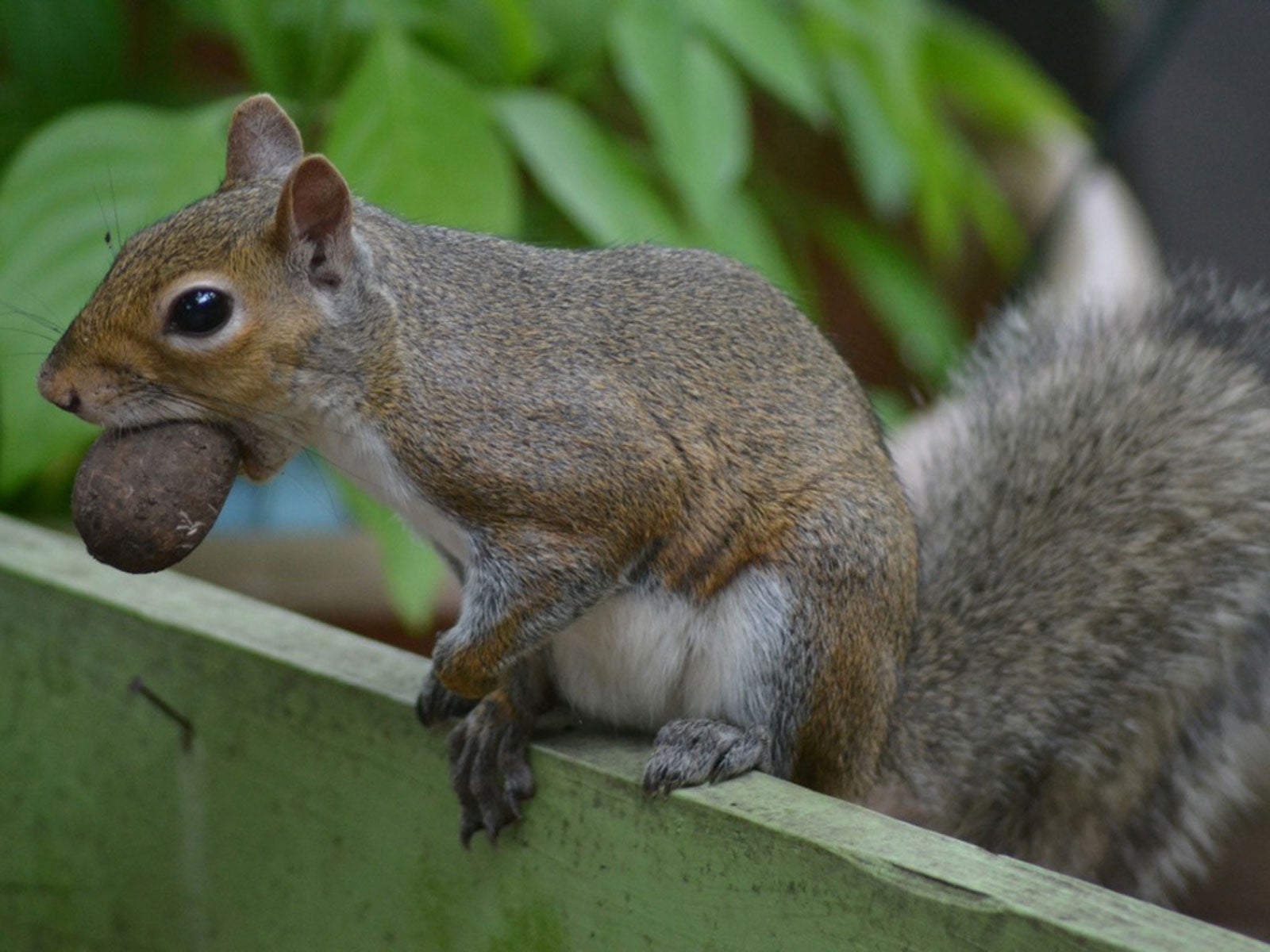 Help, Pecans Are Gone: What’s Eating My Pecans Off The Tree
Help, Pecans Are Gone: What’s Eating My Pecans Off The TreeIt’s definitely unpleasant to walk outside to admire your pecan tree and find half your nuts are gone! You may begin to wonder what could be eating your pecans. Click this article for ideas on different pests that eat pecans so you can save more of the tasty nuts for yourself.
By Teo Spengler
-
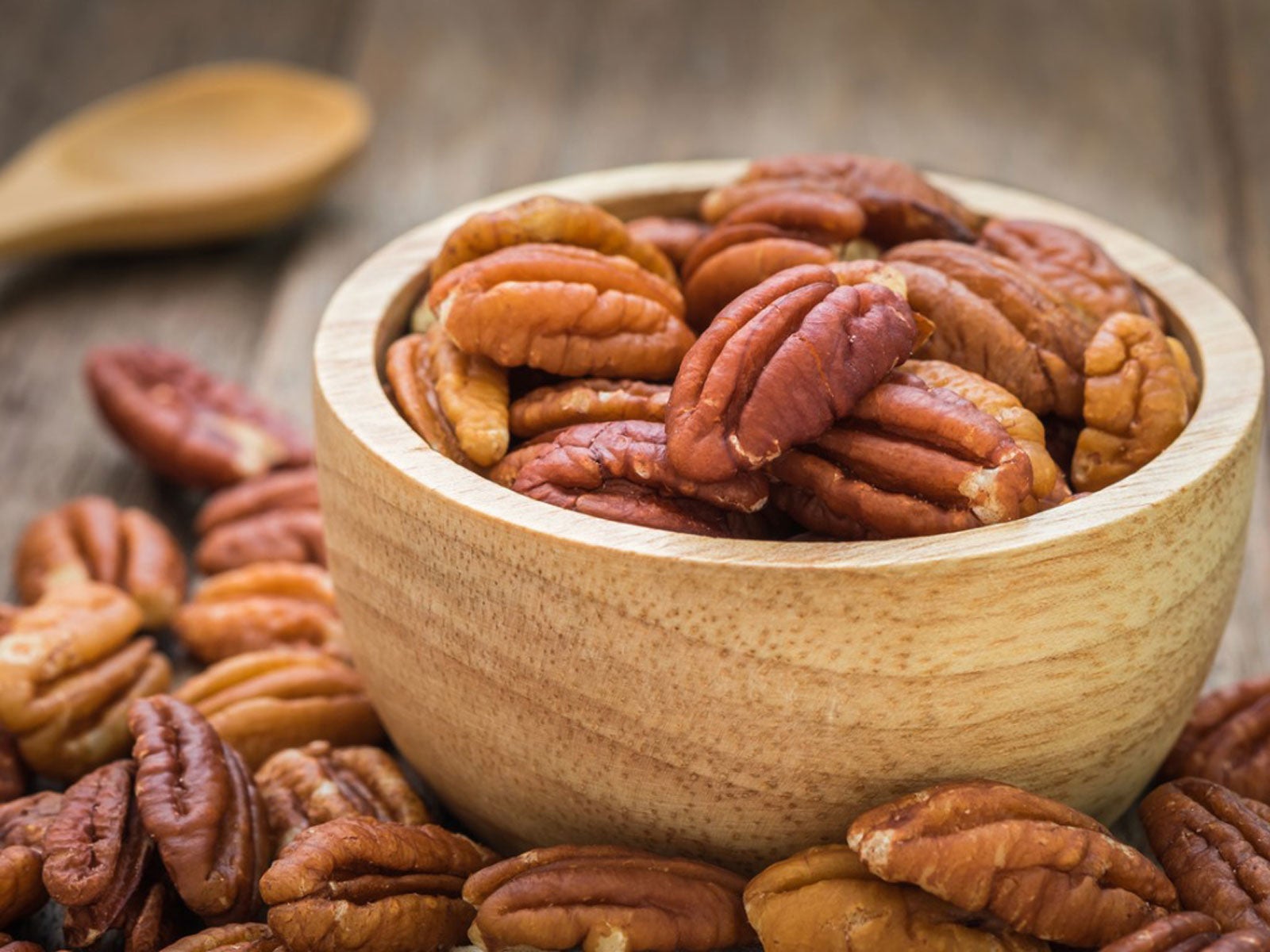 Using Pecans In The Kitchen: What To Do With Pecans
Using Pecans In The Kitchen: What To Do With PecansWith such a large quantity of nut production, one might wonder what to do with pecans. Cooking with pecans is the most common of uses, but there are other ways of using pecans. If you are lucky enough to have access to a pecan tree, learn how to use pecans here.
By Amy Grant
-
Pecan Downy Spot Control – How To Treat Downy Spot Of Pecans
Downy spot of pecans is a fungal disease affects the overall vigor of the tree, thus pecan downy spot control is integral to its health. The following article contains information on pecan downy spot symptoms and tips for treating a pecan tree with downy spot.
By Amy Grant
-
Pecan Vein Spot Control – Learn About Pecan Vein Spot Disease
Pecan vein spot disease is caused by the fungus Gnomonia nerviseda. The disease does not appear on shoots or nuts, only foliage and only in pecan trees. The good news is that the disease is infrequent, causes little crop loss and can be prevented. This article will help.
By Bonnie L. Grant
-
 Is Ball Moss Bad For Pecans – How To Kill Pecan Ball Moss
Is Ball Moss Bad For Pecans – How To Kill Pecan Ball MossPecan ball moss control isn’t easy, and even if you manage to remove most ball moss in pecan trees, it’s nearly impossible to remove all the seeds. So, the burning question is, what can you do about ball moss in pecan trees? Click this article to learn more.
By Mary H. Dyer